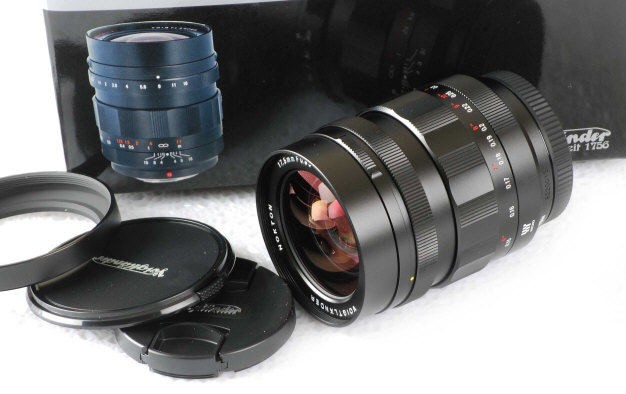Noise is a product of the sensor size, though. Shashin, you were the one who said, "But they do have an f/0.95 equivalent. And who has a 35mm equivalent at f/0.95?"
Maybe I'm wrong, but your statement implied that m4/3 having a f.95 lens is some kind of advantage over a larger format that doesn't have such a lens. The simple point that we're trying to make is that there isn't usable advantage to the .95 lens on a m4/3 camera over an f1.9 lens on a 35mm camera if the end result is the same.
I don't compare everything to 35mm. I use several formats, and, I'd imagine, like most photographers, I plan things in terms of field of view, DOF and the ability to enlarge (i.e. noise,) both of which are sliding scales amongst different formats, and both of which have general equivalents as the sensor sizes change.
A 6mm lens is still a 6mm lens on an iPhone and a 6x6 camera, and an f1.2 lens is still an f1.2 lens on an aps-c camera and a 35mm camera, but the results vary depending on the format, and it makes sense to understand that sliding scale as you move from format to format. It doesn't really matter to me what the lens says, as Paratom mentioned, but, rather, the final output. I think that's all we're trying to get at.

